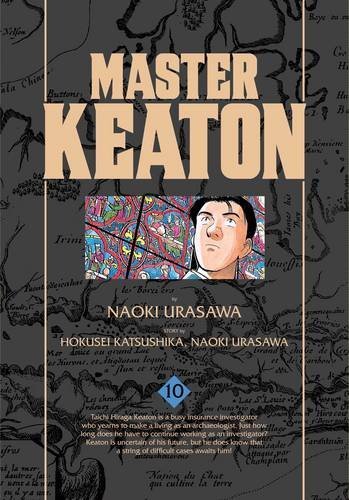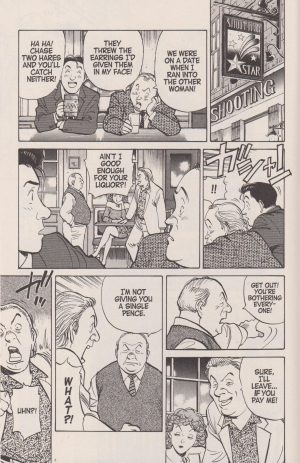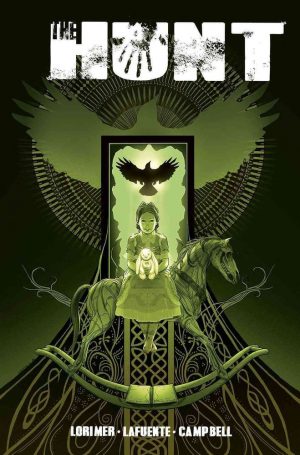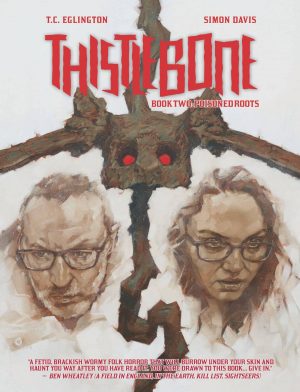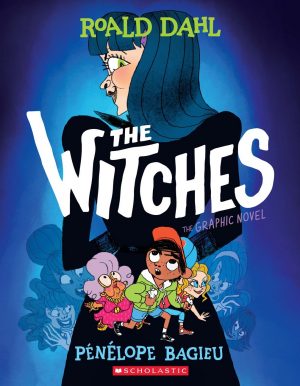Review by Frank Plowright
An unusual, but distinctive design for the Master Keaton covers only features a small illustration, roughly half the size of the title logo, and usually featuring Taichi Keaton looking determined or puzzled. Despite them all being perfect little portraits from Naoki Urasawa, it’s easy to overlook them, but the cover to Master Keaton 10 is a real beauty, the bright colours of the stained glass window behind him shining through.
It connects with the final two-part story of the usual dozen chapters, this a more peaceful, but equally deadly reworking of The Wicker Man where Keaton is in a remote Welsh village studying architecture. Two policemen arrive confident it’s the only place a murderer could be taking refuge, but the locals aren’t co-operative and have no need of police as god protects their village. Urasawa and writing partner Hokusei Katsushika have made up Saint Anglius, but were it not for you being told you’d also be hitting the search engine.
As ever, good use is made of Keaton’s skills as an insurance investigator, archaeologist and former member of the elite British army unit the SAS. The combination sounds contrived without context, but the backstory has been convincingly established over earlier volumes. So has the quality of the writing, veering from being dependent on some up to the minute political nuance, such as disgraced agents from the no longer feared Romanian state to an obscure piece of history. For the latter it’s highlighted that during World War II there were camps where prisoners were excessively worked on the Japanese mainland, something successive regimes have tried to cover up.
A good selection of eccentric supporting characters manifest from the precocious young girl who’s managed to scare off all potential tutors to the elderly woman sure someone named as a killer hasn’t committed murder. All of these are beautifully designed by Urasawa, who supplies considerable personality to a broad range of people. He glamourises women, who rarely look either their age or to have experienced hardship, whereas his men are generally an admirably ordinary bunch. Facial expressions are so often important, and Urasawa’s a master of that.
While background details dropped over the series gradually add to Keaton’s past and character, and the series moves onward to reflect the passage of time, you can read any volume in isolation and know you’re getting a dozen decent stories (or slightly less if they’re continued). However, this selection isn’t quite as compelling as others have been. A story about stolen artefacts is formulaic, the mystery employed to involve Keaton in a tale of a family dispute is too obviously tacked on as a device, and there are a couple of disappointing revelations. Master Keaton 10 still makes for superior reading, just not as superior as early volumes. However, Master Keaton 11 proves it’s but a momentary blip in quality.
